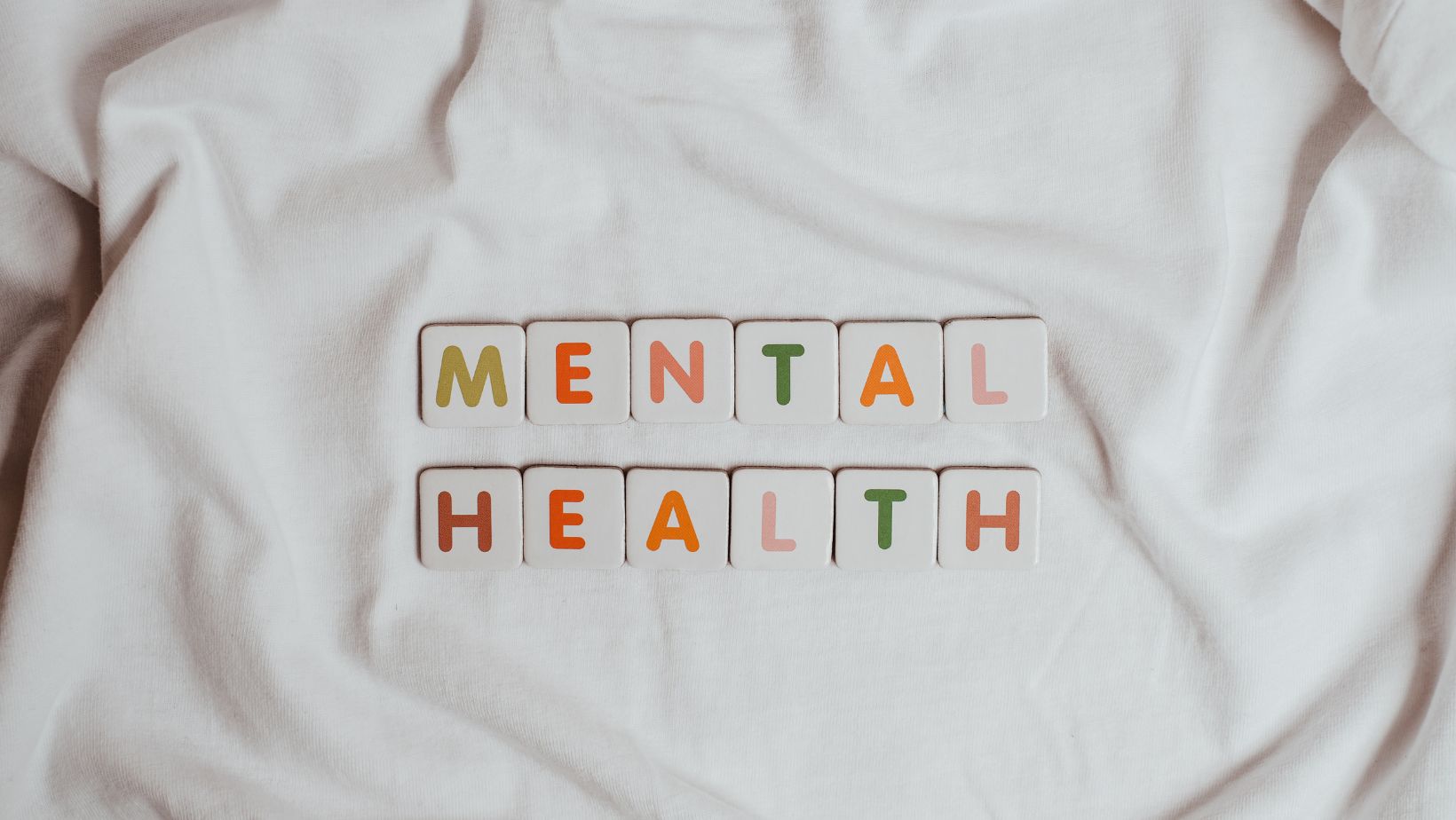In the realm of mental health, crises can occur suddenly and without warning. These critical moments require swift, effective action to ensure the safety and well-being of individuals in distress. This is where crisis intervention comes into play. But what is crisis intervention, exactly? And how does it work in practice? This article will explore the essentials of crisis intervention, its techniques, and the crucial role it plays in mental health care.
Understanding Crisis Intervention
Crisis intervention is a short-term emergency response designed to assist individuals in overcoming immediate threats to their mental, emotional, or physical well-being. It’s a form of brief, focused treatment that aims to stabilize the person in crisis and connect them with appropriate resources for ongoing support.
The primary goals of crisis intervention include:
- Ensuring immediate safety
- Reducing distress
- Providing emotional support
- Assessing the situation and identifying underlying issues
- Developing a plan for ongoing care
Crisis interventions can take place in various settings, from emergency rooms and crisis hotlines to schools and community centers. The key is that they provide immediate, focused support when it’s needed most.
The Importance of Crisis Intervention in Mental Health
Mental health crises can be triggered by a wide range of factors, including:
- Traumatic events
- Severe anxiety or depression
- Suicidal thoughts
- Psychotic episodes
- Substance abuse
- Relationship conflicts
Without proper intervention, these crises can escalate, potentially leading to self-harm, harm to others, or other serious consequences. This is why crisis intervention is such a crucial component of comprehensive mental health care.
A well-executed crisis intervention can:
- Prevent suicide and self-harm
- De-escalate potentially violent situations
- Provide a bridge to long-term mental health treatment
- Offer support and hope during overwhelming moments
- Reduce the need for hospitalization
Key Components of a Crisis Intervention Program
An effective crisis intervention program typically includes several key components:
24/7 Availability
Mental health crises don’t operate on a 9-to-5 schedule. A robust crisis intervention program should be available round-the-clock, every day of the year.
Trained Crisis Intervention Specialists
These professionals are skilled in crisis assessment, de-escalation techniques, and mental health first aid. They may include social workers, counselors, psychologists, and specially trained law enforcement officers.
Rapid Response Capability
The ability to respond quickly is crucial in crisis situations. This might involve mobile crisis teams that can be dispatched to various locations.
Assessment Tools
Standardized assessment tools help crisis workers quickly evaluate the level of risk and determine the most appropriate intervention.
Resource Network
A comprehensive crisis intervention program should have connections with a wide range of community resources, including hospitals, mental health clinics, and social services.
Follow-up Protocols
Crisis intervention doesn’t end when the immediate crisis is over.

Good programs include protocols for following up with individuals to ensure they’re receiving ongoing support.
Crisis Intervention Techniques
Crisis intervention techniques are the practical tools and strategies used by professionals to help individuals in acute distress. Some common crisis intervention techniques include:
Active Listening
This involves giving the person in crisis your full attention, showing empathy, and reflecting back what you’re hearing to ensure understanding.
De-escalation
These are techniques used to calm an agitated person and reduce the risk of violence. They might include using a calm tone of voice, maintaining a non-threatening posture, and offering choices to help the person feel more in control.
Safety Planning
This involves working with the individual to identify potential triggers and develop strategies for staying safe. It might include removing access to means of self-harm and identifying supportive people to contact during difficult moments.
Problem-Solving
Crisis intervention often involves helping the person in crisis break down overwhelming problems into manageable steps and identify potential solutions.
Emotional Regulation Strategies
Teaching techniques for managing intense emotions, such as deep breathing exercises or grounding techniques, can be very helpful during a crisis.
Cognitive Restructuring
This involves helping the person identify and challenge distorted thoughts that might be contributing to their distress.
Resource Connection
Linking the person in crisis with appropriate resources for ongoing support is a crucial part of crisis intervention.
The Crisis Intervention Process
While every crisis is unique, the crisis intervention process generally follows a series of steps:
- Assess the Situation: Quickly evaluate the level of risk and immediate needs.
- Ensure Safety: Take immediate action to ensure the safety of the person in crisis and others involved.
- Establish Rapport: Build a connection with the person in crisis to create a foundation of trust.
- Identify the Problem: Work with the person to understand the main issues contributing to the crisis.
- Explore Feelings: Allow the person to express their emotions and validate their feelings.
- Generate Alternatives: Brainstorm possible solutions or coping strategies.
- Develop an Action Plan: Create a concrete plan for addressing immediate concerns and connecting with ongoing support.
- Follow Up: Check in after the immediate crisis to ensure the person is following through with the plan and getting the support they need.
Challenges in Crisis Intervention
While crisis intervention can be incredibly effective, it’s not without its challenges:
Time Pressure
Crisis situations often require quick decisions with limited information, which can be stressful for intervention workers.
Safety Concerns
Some crisis situations can pose risks to the safety of the intervention worker, the person in crisis, or others.
Limited Resources
In some areas, there may be a lack of mental health resources for ongoing care after the immediate crisis is resolved.
Burnout
The high-stress nature of crisis work can lead to burnout among intervention workers if proper self-care isn’t practiced.
Cultural Competence
Ensuring that crisis intervention is culturally sensitive and appropriate can be challenging, especially in diverse communities.
The Future of Crisis Intervention
As our understanding of mental health continues to evolve, so too does the field of crisis intervention. Some emerging trends include:
Technology Integration
The use of crisis intervention apps, text-based crisis services, and teletherapy is likely to continue growing.
Trauma-Informed Approaches
There’s an increasing recognition of the role that trauma plays in mental health crises, leading to more trauma-informed crisis intervention practices.
Peer Support Models
Many crisis intervention programs are incorporating peer support specialists who have lived experience with mental health challenges.
Prevention Focus
There’s a growing emphasis on identifying and addressing potential crises before they escalate, through early intervention programs.
Integration with Law Enforcement
Many communities are developing crisis intervention teams that pair mental health professionals with specially trained police officers to respond to mental health emergencies.
Conclusion: The Vital Role of Crisis Intervention
Crisis intervention plays a crucial role in our mental health care system. It provides a lifeline for individuals in their darkest moments, offering immediate support, safety, and hope. Whether it’s through a crisis intervention program, a hotline, or a mobile response team, these services can quite literally save lives.

As we continue to grapple with mental health challenges on a societal level, the importance of effective crisis intervention cannot be overstated. By understanding what crisis intervention is, recognizing its techniques, and appreciating its value, we can all play a part in supporting those in crisis and building a more compassionate, responsive mental health care system.
Remember, if you or someone you know is experiencing a mental health crisis, don’t hesitate to reach out for help. Crisis intervention services are there to provide support, no matter the time or situation. In times of crisis, you are not alone – help is always available.
